When I adopted my first cat almost a decade ago, I was well aware that I was going to hear a lot of meowing and purring. Boy, was I wrong! The first sound my cat made when he met my mother can be described as more of a “chirr” or “chirrup”. That was just the beginning of the unfolding of the entire feline vocabulary that the little kitten had possibly acquired from his bereft mother and littermates.
Interestingly, he “learned” to meow only after we adopted another cat!
Cats are mysterious creatures and they mostly communicate with each other with body language. They are superbly intelligent and understand the intent of other cats as well as humans.
Which makes decoding vocal communication in cats even more challenging, since they can use the same sound such as purring, meowing and chirruping in different situations.
Feline Vocal Communication: Why Do Cats Purr?
Almost all kittens and cats purr. It is one of the most common vocalisation among all cats irrespective of age and breed. However, we mostly associate purring with happiness and content in our cats.
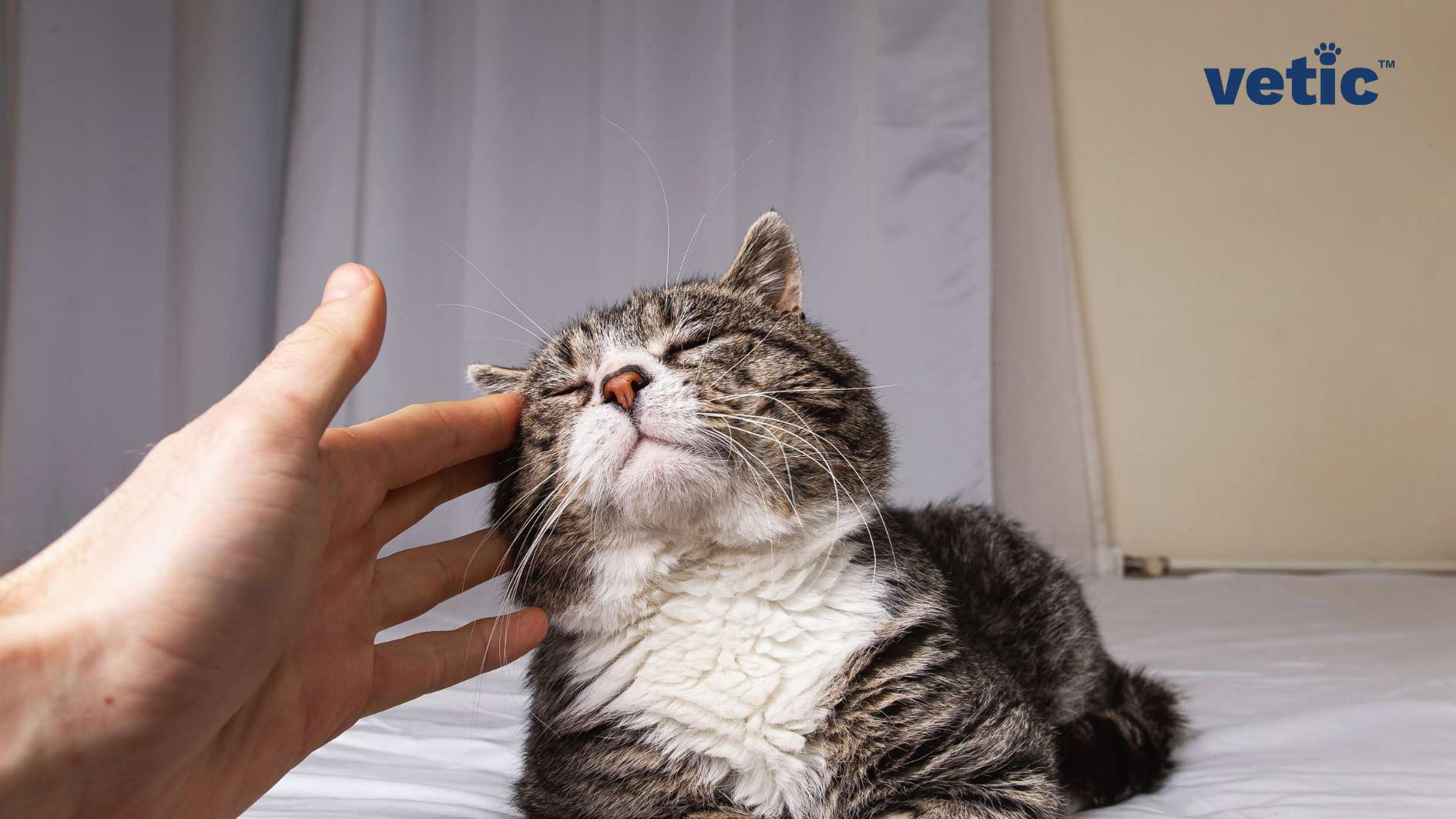
Fun fact: Did you know? Lions, tigers, leopards and jaguars can all purr?
Now, why do cats purr?
- To express happiness
- To ask for food
- To express anxiety
- To soothe themselves if they are in pain
You can easily understand purrs that express happiness or solicit food. These are often accompanied by kneading or “making biscuits.” They are also likely to occur right before their meal time or treat time.
However, cats can also purr when they are ill or giving birth. Many cat parents often mistake their cat’s purring as a positive sign when their cats are actually in pain, especially at the vet.
If your cat has a broken limb or has been diagnosed with liver or kidney disease, purring is NOT a positive sign. It is a sign that your cat is in pain and discomfort. Purring can also be a cry for help which you shouldn’t ignore in these specific situations.
To understand why your cat is purring right now, you need to consider your cat’s surrounding environment, overall health and accompanying body language. We ardently hope and wish, your cat is purring because they are happy and you are an awesome cat parent!
Vocal Communication in Cats: Why do Cats Meow?
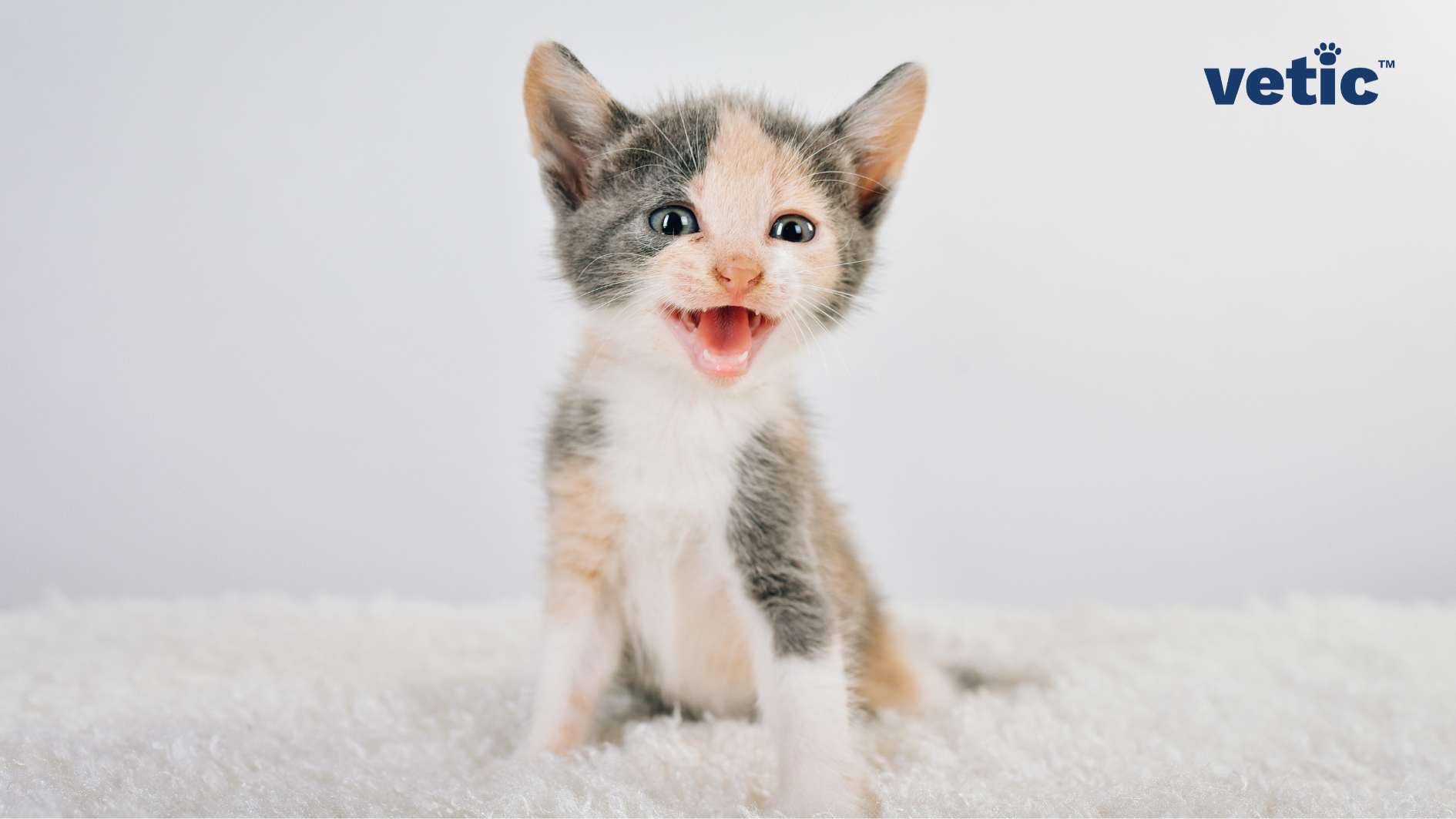
Cats mostly meow when they want your attention. These meows can be friendly, attention-seeking, complaining and even demanding.
If you have multiple cats, you may have noticed that cats rarely meow at each other. Studies show that kittens don’t meow when they have at least one sibling. By the time they are 4-5 months old, kittens stop meowing completely.
So, if your adult cat is meowing at you, it’s a result of generations of domestication.
Interestingly, your cat can pick up on the tone of your voice and they will try to mimic it as closely as possible. So, the next time you find your cat’s meowing annoying, you might want to take a long look in the mirror. (We aren’t saying it. Studies are!)
Constant meowing and vocalisations can also mean that your cat is in heat. If they are at least 4 months old, that can be the case. And you need to see your veterinarian for future planning.
More Types of Feline Vocal Communication: Why Do Cats Growl, Hiss and Spit?
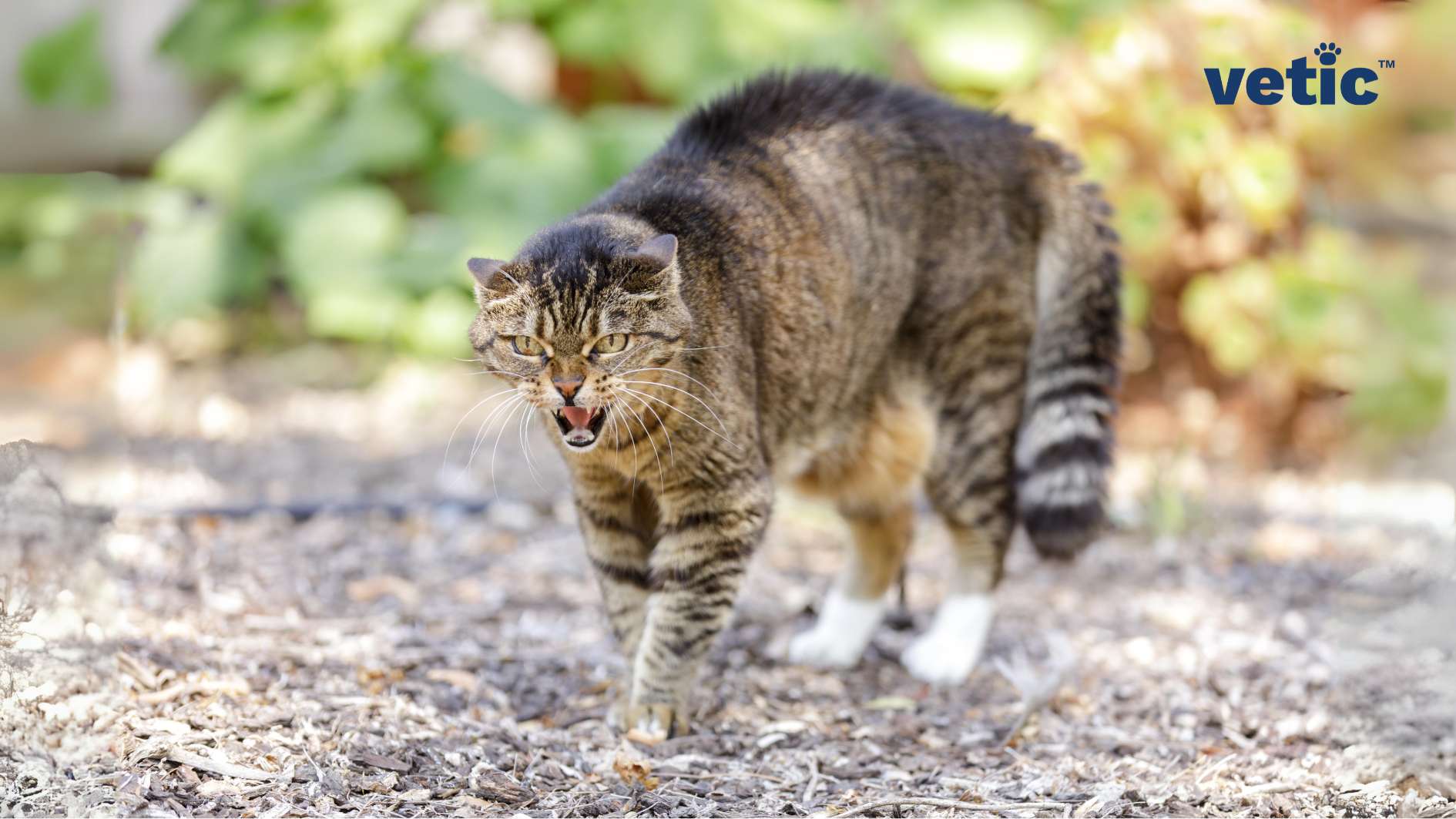
Firstly, it’s time to stop judging cats for growling, hitting or spitting. It is similar to humans shouting and yelping. If we have complex emotions that cause us to raise our voices or shout, it’s completely justified for cats to have similar emotions and express them too.
Your cat can growl, hiss or spit in the presence of another cat or pet (trigger), if they feel threatened. These are defensive and offensive sounds. Cats do not prefer physical altercations, and these sounds should be taken as signs that your cat isn’t comfortable with the trigger. The ideal response is to remove the trigger.
Attacks and fights can follow growling, hissing and spitting. Although they are rare, even among feral cats. Even kittens as young as 2-3 weeks can hiss and spit when picked up by humans!
Cat Communication: Why Does Your Cat Purr and Knead on You?
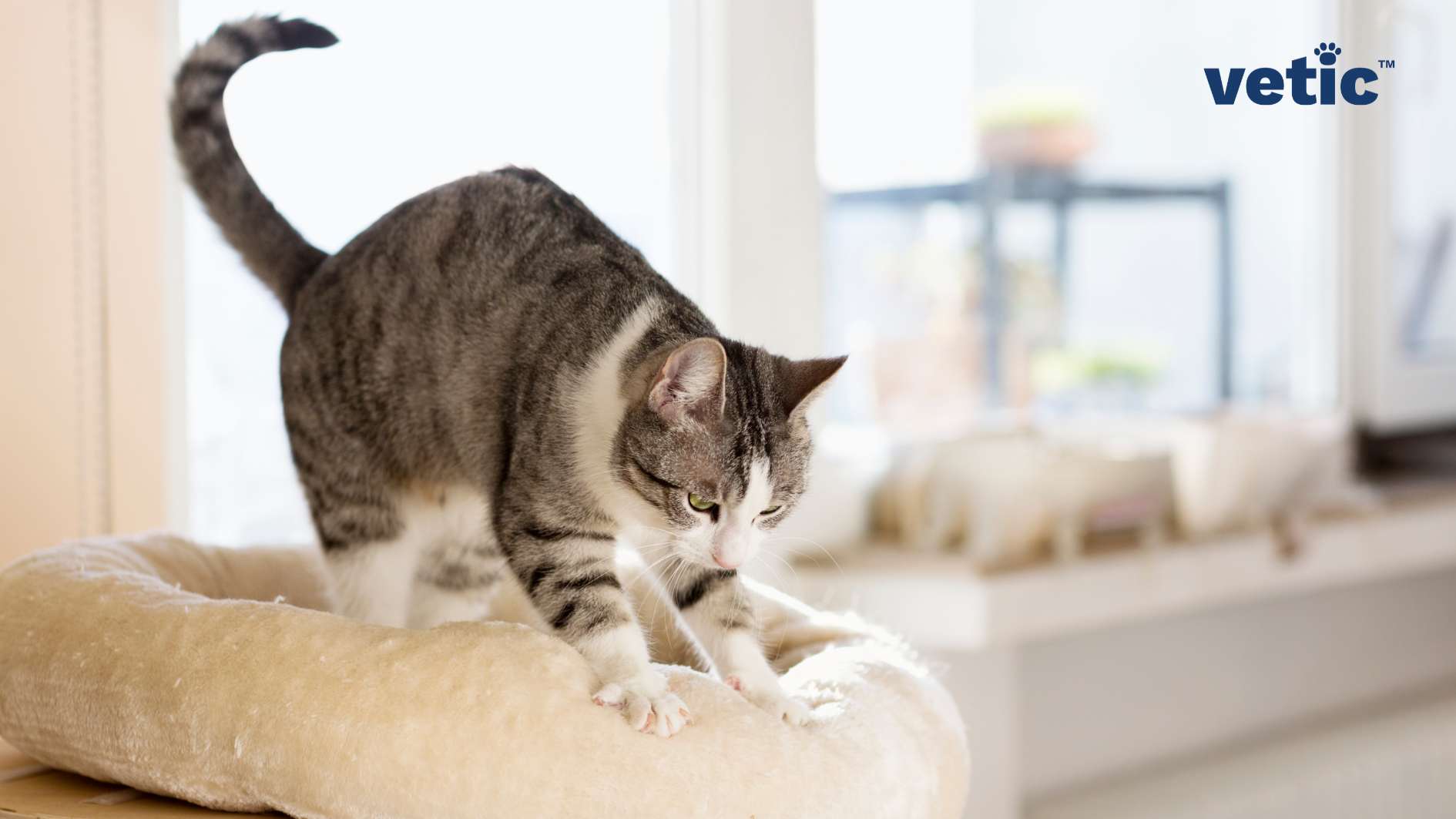
Kneading or making biscuits in adult cats is again another post-domestication trait just like meowing. It is a common behaviour seen in kittens when they feed. The kneading along with suckling stimulates lactation from the mother.
Studies show that cats have scent glands at the bottom of their paws. So while kneading, they are also marking you as their own.
So, yay! Your cat probably accepts you as their parent. However, you may wake up with weird wet spots on your T-shirt or pyjamas in the mornings.
Cats often knead while purring and it’s a sign that they are ready to fall asleep. Some cats never give up kneading and suckling, even when they are well over 5 years old!!! It is a completely normal behaviour especially if you adopted them as tiny kittens, younger than 60 days.
Feline Non-Vocal Communication: Why are Cats Quiet in Presence of Other Cats?
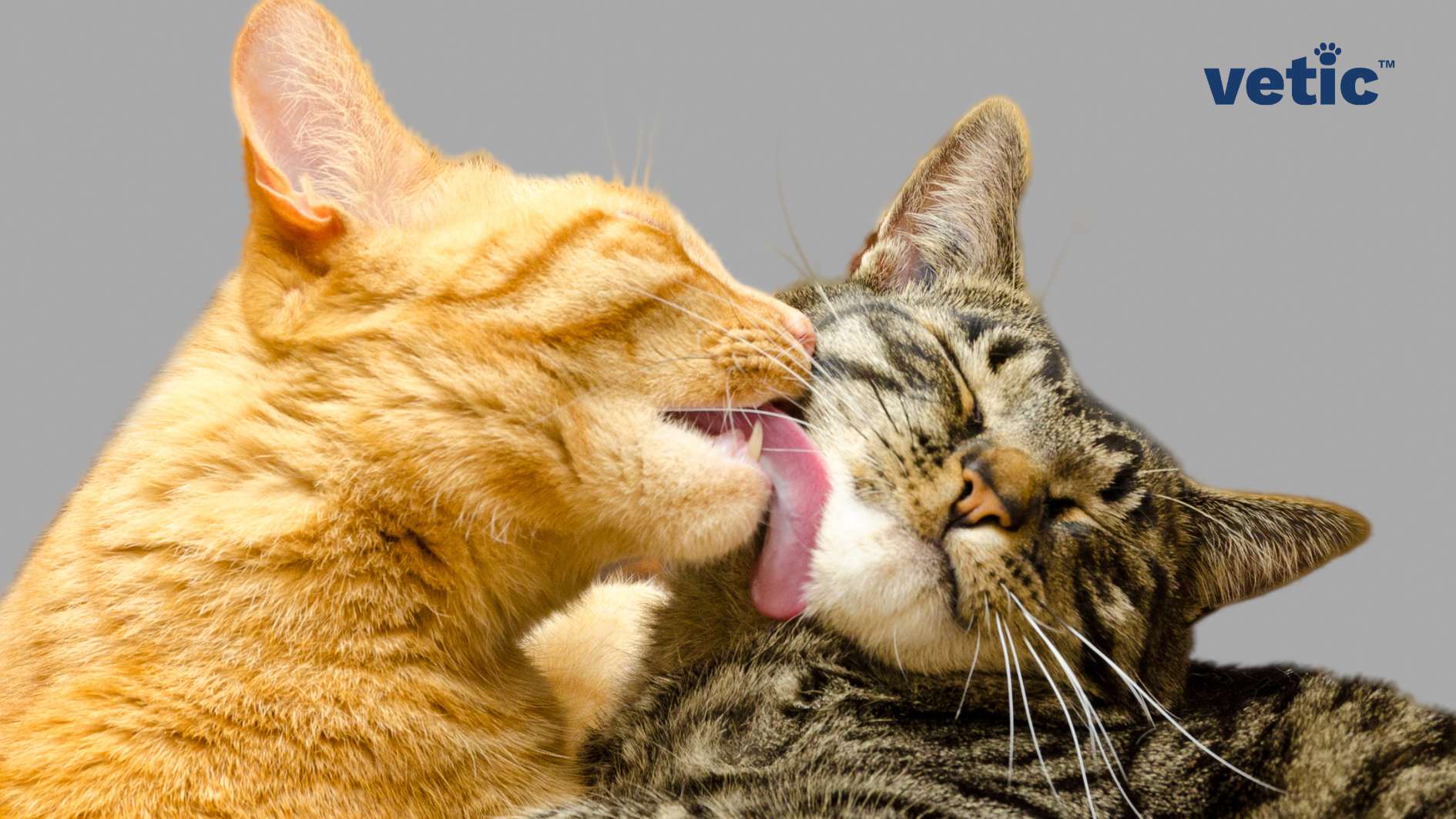
Cats do not need to produce audible sounds to communicate with their littermates, adoptive siblings or even other pets. Most of their communication happens through body language.
Even you can pick up on some of the cues by observing their –
- Ear positions
- Eye movement
- Tail
- Body and back
For example, if your cat’s ears are perked up, pupils dilated and lying on his/her belly with their legs bent, they are in alert mode. They may have seen or heard something new and that has caused them to give up their normally relaxed posture.
If their ears are pushed back, pupils are dilated, but their backs hunched with the tail moving to-and-fro, your cat is feeling threatened, and soon a hissing sound may follow.
Relaxed cats have their pupils constricted, back relaxed, and ears in the usual position. They may lie on their side or even expose their belly. (Give them a belly rub at your own discretion)
Does Your Cat Love You?
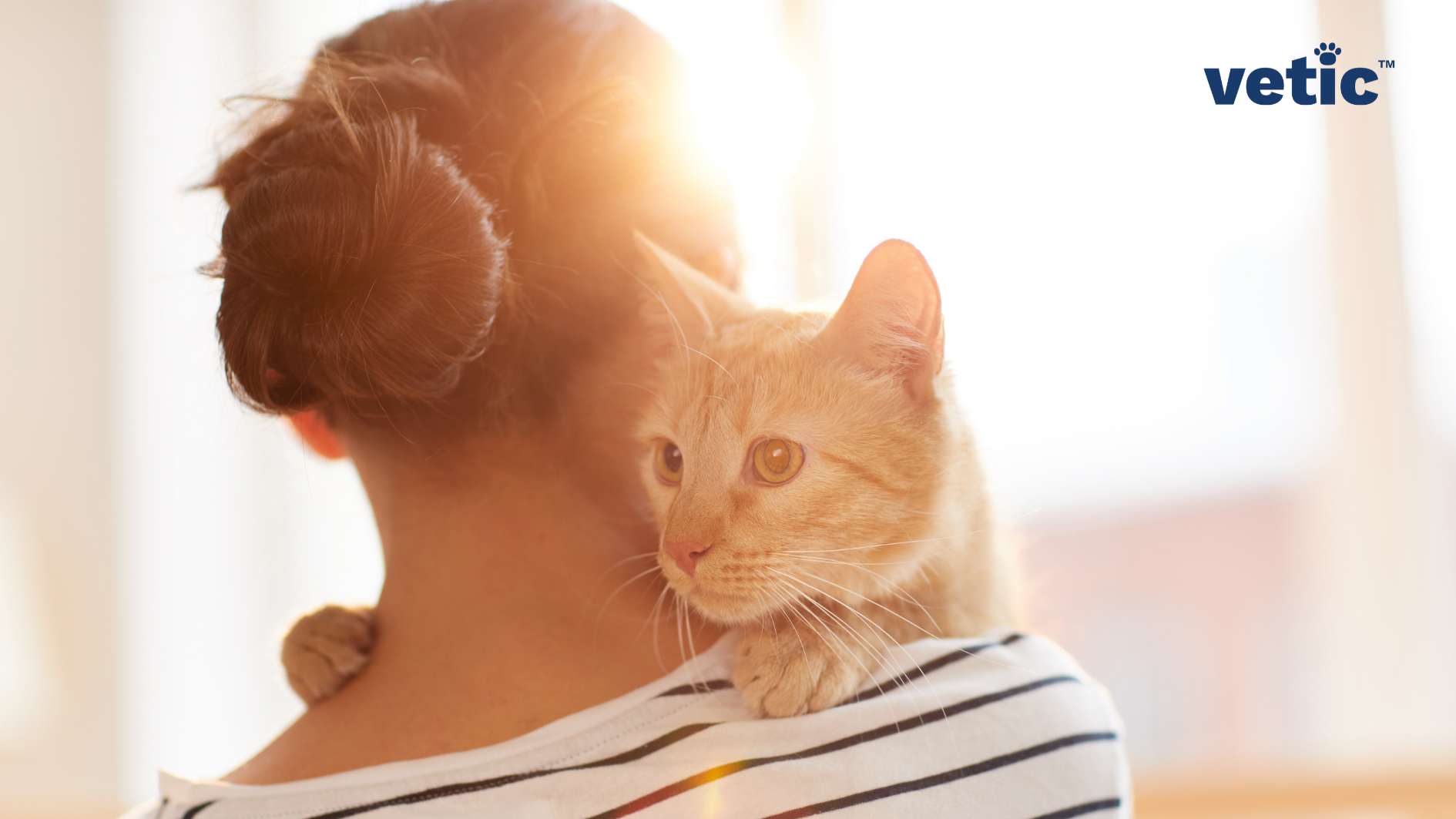
That is the most difficult question to answer! Just kidding.
Does your cat slow-blink at you, purr and knead on you before falling asleep and bite gently followed by head butting (bunting)? If the answer is a resonating “YES” then of course your cat loves you.
And if your cat doesn’t do all of these things at the same time, there’s a good chance they still love you, but they have a different love language. Just like humans, some cats can be more introverted than others.
Cats learn from observing the other cats, dogs or humans around them. Give them time. Show them your affection and soon they will speak your language of love.
FAQs about vocal communication in cats: why cats purr, meow and hiss
Why do my cats purr?
Cats purr to express happiness, request food, soothe themselves, or even when in pain. It’s a versatile sound reflecting various emotional states and needs.
How to interpret my cat’s purring and meowing?
Cats meow primarily to communicate with humans, seeking attention, food, or expressing discomfort. Each meow’s pitch and intensity convey different messages.
What does it mean when my cat growls, hisses, or spits?
Growling, hissing, and spitting indicate fear or aggression, often in response to a perceived threat. It’s their way of warning and self-defence.
How can I stop my cat from growling or hissing?
Avoid provoking situations that trigger defensive behaviours. Provide a safe environment and slowly introduce unfamiliar stimuli to reduce anxiety.
Why does my cat purr and knead on me?
Kneading or “making biscuits” on you is a comforting behaviour derived from kittenhood, signalling affection and contentment while also marking you with scent glands.
How can I tell if my cat loves me?
Signs of cat affection include slow-blinking, purring, kneading, gentle biting, and head butting (bunting).
Why don’t my cats purr or meow at other cats?
Meowing is primarily a learned behaviour directed at humans, reflecting domestication. Cats communicate with other cats using silent cues and body language instead.

